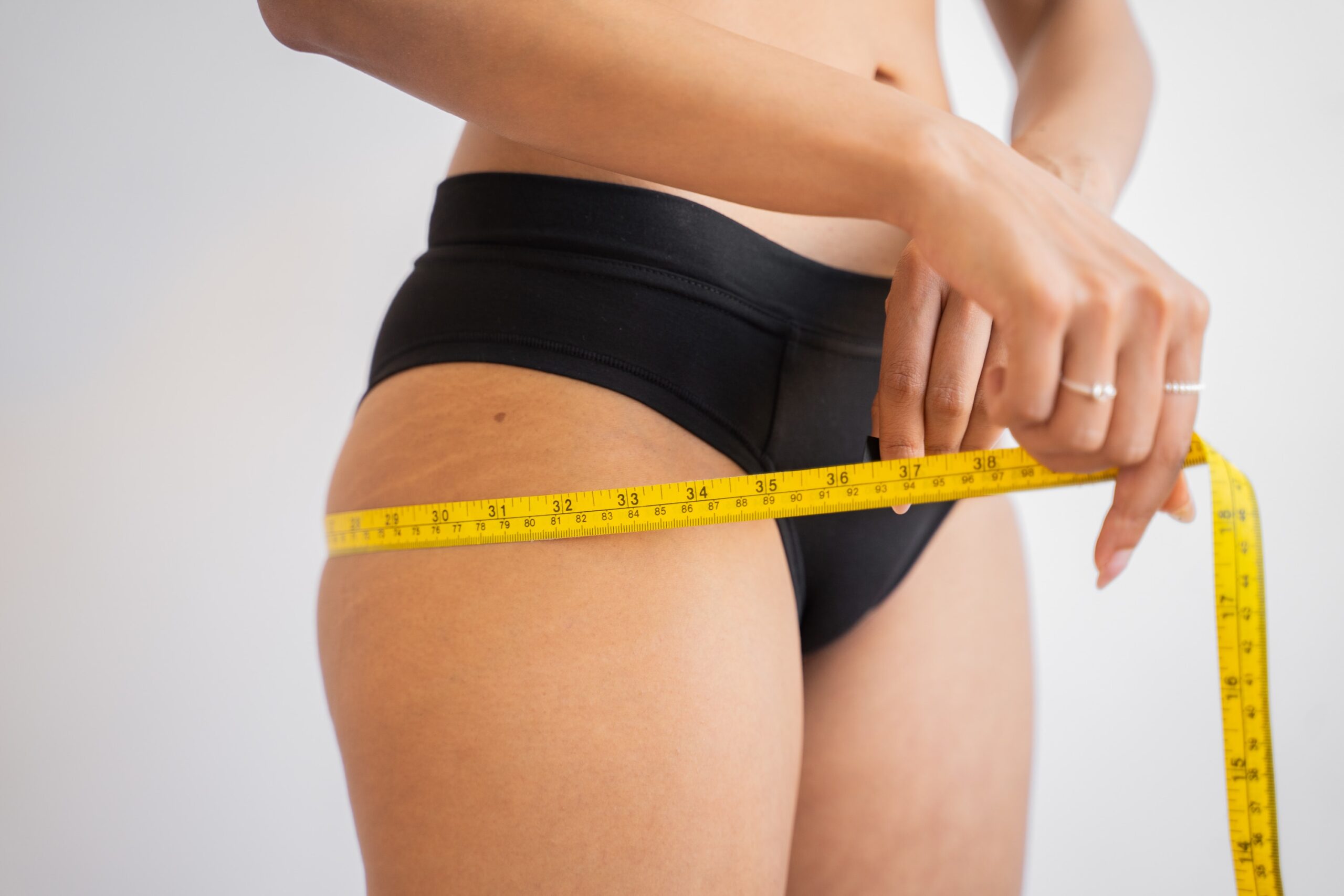Liposuction Versus Fat Freezing

What is Fat Freezing?
Fat Freezing such as ‘CoolSculpting’ and liposuction are medical procedures that remove fat cells. Although these two procedures are similar, they have some key differences. CoolSculpting is a branded form of fat reduction method called ‘cryolipolysis’ that has Food and Drug Administration (FDA) approval. As with other forms of cryolipolysis, it uses freezing temperatures to break down fat cells. Fat cells are more affected by cold temperatures than other cells and means that the cold does not damage other cells, such as the skin or underlying tissue.
Patients who tend to opt for this non-invasive procedure have stubborn fatty deposits under the chin, around the thighs, abdomen, back and the upper arms that are more challenging to remove through diet and exercise. It carries fewer risks that traditional liposuction, however there are some potential side effects that are important to be aware of.
How does Fat Freezing work?
During the CoolSculpting procedure, the practitioner vacuums the skin above the area of fatty tissue into an applicator that cools the fat cells. The cold temperatures numb the site, and some patients report feeling a cooling sensation. The fat in these areas becomes damaged and over a few weeks the body absorbs the damaged cells through the lymphatic system, therefore reducing the fat. There is no downtime because there is no damage to the skin or tissue.
The treatment has become popular because it’s relatively quick, taking around 35-60 minutes, depending on the area, doesn’t involve surgery and is an alternative to liposuction, where fat is sucked out from under the skin – either under local anaesthetic and sedation or general anaesthetic. But it is not for everyone and it is not suitable for people who are obese and want to lose weight, for example and the effects can be mild.
Some patients report soreness at the site of CoolSculpting, similar to soreness they might have after an intense workout or minor muscle injury. Others report stinging, firmness, mild discoloration, swelling and itchiness.
CoolSculpting destroys fat cells, and those particular cells will not return. A 2016 study even found that the effects can last from 6-9 years. Destroying existing fat cells will not prevent new fat cells from appearing. This is why a healthy lifestyle is vital to preserving the results of CoolSculpting. A person who does not exercise or follow a healthy diet may soon see fat building up again.
Supermodel Linda Evangelista has said she had been left “permanently deformed” due to an adverse reaction to a CoolSculpting procedure. The 56-year-old revealed she had experienced a rare cosmetic side effect of the treatment five years ago, which actually increased her fat cells.
“I have been left, as the media has described, ‘unrecognisable’,” she told her 900,000 Instagram followers. Evangelista explained it was the reason she’d disappeared from the public eye. The Canadian model went on to say she had undergone “two painful, unsuccessful, corrective surgeries” after the slimming procedure, also known as body contouring, had produced the opposite effect. Describing the “very rare but serious side effect” she had experienced, Evangelista said it “means the fat cells in the treatment site grow larger rather than smaller”, adding: “It’s not fully understood why this occurs.”
A 2021 study found that paradoxical adipose hyperplasia (PAH) happens in 0.05–0.39% of cases. PAH is a condition whereby instead of destroying fat in the treated area, the fat grows larger than before treatment. However, this is more common in older units and applicators and on certain people with characteristics that predispose them to the condition. This includes being male and having increased testosterone levels.
What is Liposuction?
Liposuction is the controlled removal of subcutaneous fat in order to re-shape the contour of the face, body or limbs. A French surgeon, Dr Yves-Gerard Illouz, introduced modern liposuction in 1982. It is now known as suction assisted liposuction (SAL). His method of using tubes (cannulae), inserted under the skin, connected to a suction devise is still the most widely used and trusted method and remains a benchmark for other techniques. SAL has evolved so that it is now usually carried out after the area to be treated is first infiltrated with local anaesthetic solution. This allows the fat to be removed less traumatically and for many cases to be performed under sedation and local anaesthetic as a day case.
What are the other forms of Liposuction?
In addition to SAL, there are several other types of liposuction such as laser lipolysis (which employs laser energy) and Vaser (ultrasonic energy). The heat energy generated by these methods can affect the collagen and may tighten damaged skin. Unfortunately these methods probably have higher complication rates simply because of the learning-curve needed to use them safely. In Hiroshi’s experience, the degree of skin tightening is not always predicable and he believes that, as with all techniques, training and experience are really needed to avoid serious complications such as burns, seroma and contour irregularities that can arise. Certainly some non–invasive techniques such as fat cooling (cryolipolysis) may find a place for relatively small problems, but this is still very much under evaluation.
Hiroshi Nishikawa is highly experienced in Suction Assisted Liposuction and performs the procedure under local anaesthetic and sedation as a day case at his private practice at The Westbourne Centre.